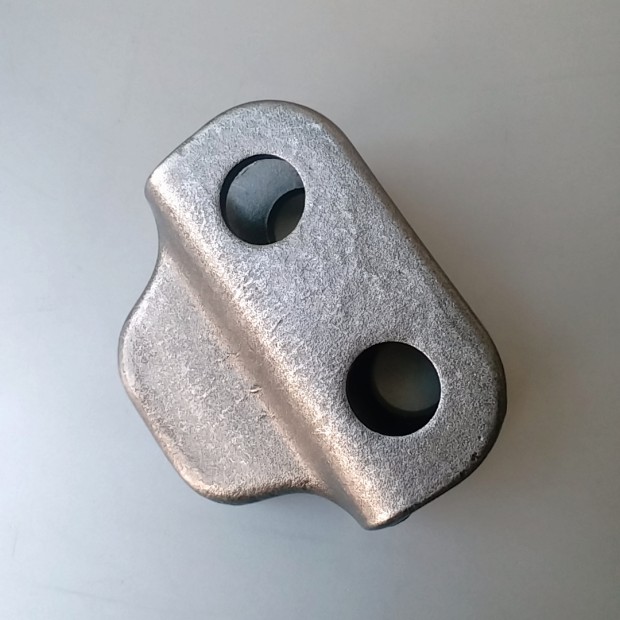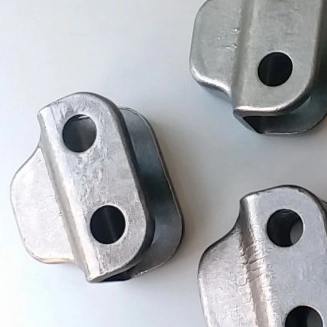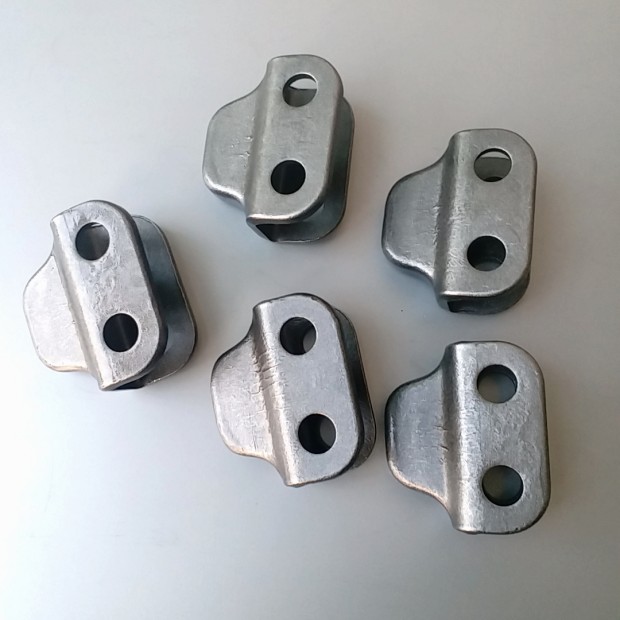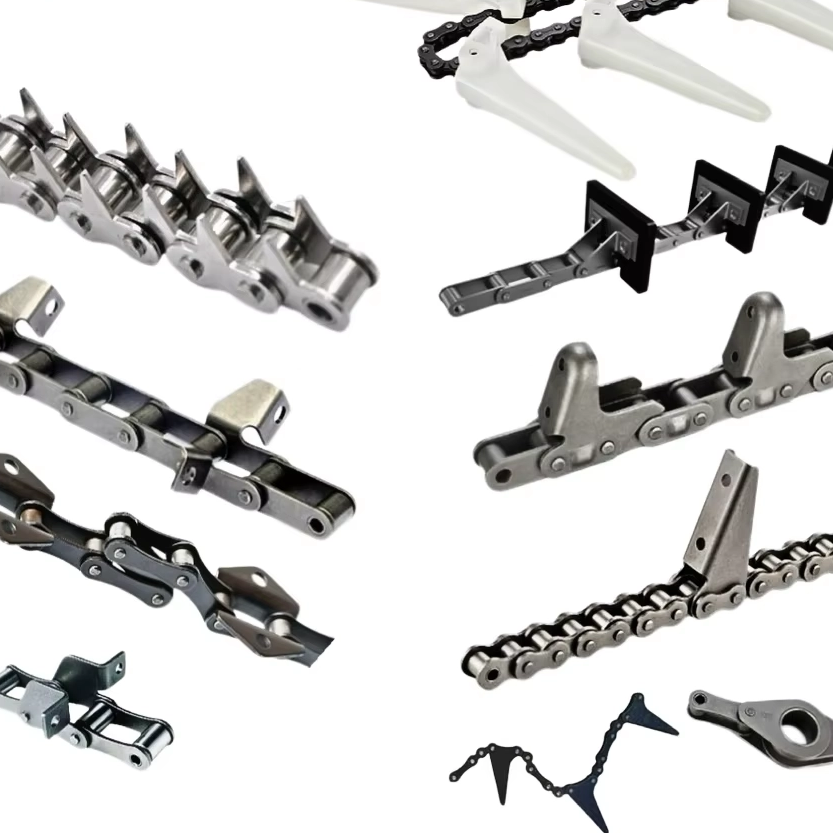
High-Performance Gear Systems | Custom Solutions for Heavy-Duty Applications
Browse our precision-engineered gearboxes, hydraulic spindles, and cast housings – designed for extreme durability, 30% longer lifespan, and seamless OEM integration.A drive chain, often referred to as a roller chain, is a crucial mechanical component used to transmit power between two or more rotating shafts. It consists of a series of interconnected links, typically made from durable materials like steel, designed to engage with sprockets for efficient motion transfer. Drive chains are widely employed in various industries, including automotive, manufacturing, agriculture, and machinery, due to their reliability, strength, and ability to handle high loads. They are essential in applications such as bicycles, motorcycles, conveyor systems, and industrial equipment, providing a robust solution for power transmission where belts or gears might not be suitable.
Our drive chains are engineered with precision and quality in mind, ensuring optimal performance and longevity. Here are some standout features:
Below is a comprehensive table outlining the specifications of our drive chain models. These parameters help in selecting the right chain for your needs based on load capacity, size, and application.
| Model Number | Pitch (inches) | Width (inches) | Breaking Strength (lbs) | Weight per Foot (lbs) | Max Working Load (lbs) | Material | Application |
|---|---|---|---|---|---|---|---|
| DC-40 | 0.5 | 0.25 | 2,500 | 0.8 | 600 | Carbon Steel | Light machinery, bicycles |
| DC-60 | 0.75 | 0.375 | 6,000 | 1.5 | 1,500 | Alloy Steel | Motorcycles, conveyors |
| DC-80 | 1.0 | 0.5 | 12,000 | 2.2 | 3,000 | Stainless Steel | Industrial equipment |
| DC-100 | 1.25 | 0.625 | 20,000 | 3.5 | 5,000 | Heat-Treated Steel | Heavy-duty machinery |
| DC-120 | 1.5 | 0.75 | 30,000 | 5.0 | 7,500 | Nickel-Plated Steel | Agricultural implements |
Note: All values are approximate and based on standard testing conditions. Custom specifications are available upon request.
Our drive chains offer numerous benefits that make them a preferred choice in the market:
Here are some frequently asked questions about drive chains, answered in detail to address common concerns.
What factors should I consider when choosing a drive chain?
Consider the application load, speed, environment (e.g., exposure to moisture or chemicals), pitch size, and compatibility with existing sprockets. Our product table above can guide selection based on breaking strength and working load.
How often should I lubricate my drive chain?
Lubrication frequency depends on usage intensity and conditions. For moderate use, lubricate every 500 hours of operation or monthly. In harsh environments, increase frequency to every 200 hours. Use a high-quality chain lubricant to reduce wear.
What causes drive chain wear and how can I prevent it?
Wear is primarily caused by friction, misalignment, inadequate lubrication, and overloading. Prevent it by ensuring proper alignment during installation, regular lubrication, avoiding excessive loads, and conducting routine inspections for signs of stretch or damage.
Can I use a drive chain in high-temperature environments?
Yes, but select chains made from heat-resistant materials like stainless steel or those with special coatings. Our DC-80 and DC-100 models are suitable for temperatures up to 400°F (204°C), but consult specifications for exact limits.
How do I measure the pitch of a drive chain?
Measure the distance between the centers of two adjacent pins in inches or millimeters. For accuracy, use a caliper and refer to standard pitch sizes (e.g., 0.5 inches for #40 chain). Incorrect measurement can lead to improper sprocket pairing.
What is the difference between single-strand and multi-strand drive chains?
Single-strand chains have one row of links and are used for lighter loads, while multi-strand chains (e.g., double or triple strand) have multiple rows for higher load capacity. Choose based on the required breaking strength; our table indicates models for various loads.
How can I tell if my drive chain needs replacement?
Signs include visible wear (e.g., elongated links), rust that cannot be removed, excessive noise during operation, frequent slipping, or reduced efficiency. Regularly check for these indicators and replace the chain to avoid system failure.
Are your drive chains compatible with international standards?
Yes, our chains adhere to standards such as ANSI (American National Standards Institute) and ISO (International Organization for Standardization), ensuring global compatibility and reliability in diverse applications.
Proper installation and maintenance are key to maximizing the lifespan of your drive chain. Follow these guidelines:




Copyright © Raydafon Technology Group Co.,Limited All Rights Reserved.